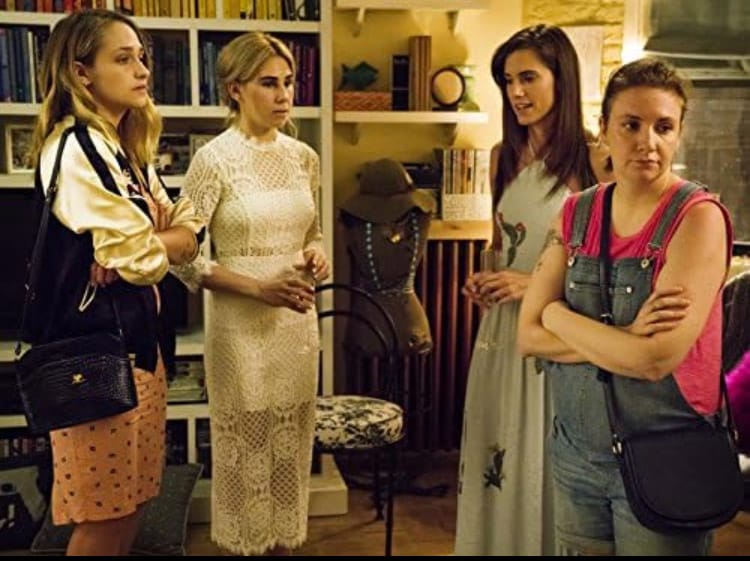The narrative about how terrible millennials are has been part of popular culture for the past decade or so, and I’ve always felt like HBO’s Girls, which ran between 2012 and 2017, is partly responsible for that.
Created by and starring Lena Dunham, Girls was a bit of a cultural phenomenon when it first hit screens, launching the careers of now well-known actors like Adam Driver.
Coined as Sex and the City for millennials, it was revolutionary in its realistic portrayal of the ups and downs of young womanhood, warts and all.
The story kicks off when recent grad Hannah is cut off by her parents, who had been financially supporting her life in New York. This rude awakening does little to shake her; in fact, it seems to push her into some really bad decisions.
But she’s not in this alone: her friends Marnie, Jessa and Shoshanna are by her side, each of them flawed, relatable and often frustrating in her own way, reflecting the struggles and insecurities of the millennial generation.
The show offers an unfiltered glimpse into the lives of these four multidimensional characters as they live, love and fail in New York City, fearlessly tackling themes of identity, self-worth, body image and modern relationships.
While praised for its authenticity, Girls has not been without controversy, amassing as many loyal followers as it did haters, with many criticising the characters and the story itself, and others debating whether it actually did anything to empower women.
But what made it so challenging was that it reached out and knocked out of viewers’ heads the rose-tinted glasses planted by other ensemble-cast shows set in NYC, like Friends and Sex and the City, instead choosing to show the messy reality of modern womanhood and the complexities of early adulthood.
I’ll admit this show might not be for everyone, but it had a profound impact on me as a young woman trying to figure out her own place in the world!







Click here to change your cookie preferences